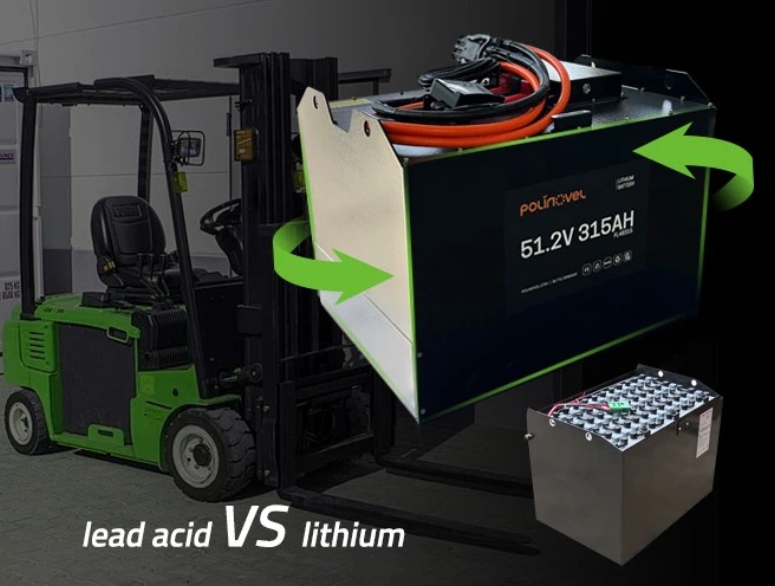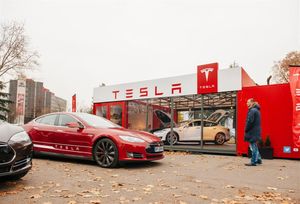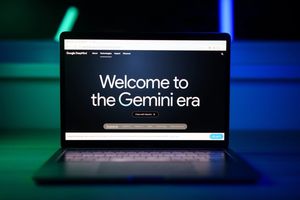
The forklift battery market hit $5.5 billion in 2024 and keeps climbing. Companies are switching from lead-acid to lithium-ion at record speed. China and several European countries crossed the 50% lithium adoption mark in 2025. Multi-shift warehouses are cutting downtime by 80% with new battery tech.
The market expects 7.6% annual growth through 2034, with lithium-ion batteries projected to reach $10.2 billion by 2033. US e-commerce sales hit $1,849.9 billion in Q3 2024, up 7.4% from the previous quarter, driving warehouse demand.
What Led to This Point
Lead-acid batteries ruled warehouses since the 1800s. You filled them with water, waited 8 hours for charging, then 8 more for cooling. Multi-shift operations needed three batteries per truck.
The breaking point came when lithium-ion battery prices dropped 85% over the past decade. Government rules accelerated the shift. California plans to phase out diesel forklifts. Europe set tighter emission standards. Companies had to adapt.
The Deep Dive
Market Numbers Show Rapid Change
By 2025, lithium-ion forklifts surpassed lead-acid in China and key European markets. Electric forklifts now make up over 65% of new North American purchases. The US forklift battery market should exceed $800 million by 2034.
The math changed: lithium costs 1.5 to 2 times more upfront but lasts 3 to 5 times longer. Lithium delivers 2,000 to 3,000 charge cycles versus 1,500 for lead-acid. Total cost of ownership favors lithium every time.
Multi-Shift Operations Benefit Most
Lithium-ion batteries are 40% more energy efficient than lead-acid and 88% more efficient than diesel. One company cut battery downtime from 5 hours weekly to under 1 hour.
Lead-acid needs 8 hours charging plus 8 hours cooling. Lithium? Full charge takes 1 to 4 hours. Workers plug in during lunch. The battery tops up in 20 minutes. No battery swaps needed.
Industry Response
BSLBATT Battery focused on lithium-ion supply in February 2025. Hyster launched high-capacity electric forklifts in March. TDK announced solid-state battery advances in June. New forklifts come designed around lithium power from day one.
Li-Cycle recovers up to 95% of minerals from recycled batteries at their German facility. The industry needs circular economy thinking for lithium supply chains.
Technology Advances
Two lithium types compete: Lithium Iron Phosphate (LFP) costs less for large batteries. Nickel Manganese Cobalt (NMC) offers higher power density for smaller equipment.
Smart battery management systems monitor every cell in real-time. They catch problems early and optimize charging. Solid-state batteries promise higher energy density. Hydrogen fuel cells remain a niche alternative due to infrastructure needs.
Cost Analysis
A 50-forklift warehouse with lead-acid spends:
-
$150,000 on replacements every 3 years
-
$85,000 annually on battery room operations
-
$40,000 yearly on maintenance labor
-
250 hours monthly downtime for swaps
Switch to lithium:
-
$300,000 upfront (double the cost)
-
$15,000 annually on charging
-
Zero maintenance labor
-
30 hours monthly downtime (88% reduction)
The Inflation Reduction Act provides up to 30% tax credits for lithium forklift batteries. State programs can cut upfront costs by 35-40%.
Frequently Asked Questions
How long does a forklift battery last?
Lead-acid lasts 1,500 cycles (3.5-5 years). Lithium provides 3,000+ cycles (7-10 years). Proper use matters. Overcharging cuts lifespan significantly.
What's the total cost difference?
Lithium costs 1.5 to 2 times more upfront but lasts 2-3 times longer. You eliminate watering and maintenance labor. Most operations see ROI within 36 months.
Can you retrofit old forklifts?
Yes. Most lithium forklift batteries fit standard compartments. Verify compatibility with your supplier. Conversion costs less than new equipment.
Do lithium batteries work in cold storage?
They outperform lead-acid in cold environments. Lithium maintains capacity below freezing with internal heating. Lead-acid loses significant power under 32°F.
How fast can you charge lithium?
Fast charging takes 10-20 minutes. Full charge needs 1-4 hours. Opportunity charging during breaks keeps batteries topped up. No need to fully drain first.
When will lithium replace lead-acid completely?
By 2030, lithium should exceed 50% market share in all forklift classes. Complete replacement? Unlikely soon. Lead-acid remains relevant for small operations and cost-sensitive segments through at least 2034.
What This Means
The forklift battery market is transforming warehouse operations. Companies switching to lithium gain competitive advantages through reduced downtime. The market grows from $3.5 billion in 2025 to $4.60 billion by 2030.
Multi-shift operations should calculate total cost of ownership now. Government incentives cover 30-40% of conversion costs. Most warehouses report 3-year payback.
Single-shift operations with small fleets can stick with lead-acid short-term. But plan for transition. New facilities should install lithium-ready infrastructure from the start. The industry direction is clear.
Media Contact
Company Name: polinovelpowbat
Contact Person: Dived
Email: Send Email
Country: United Arab Emirates
Website: https://www.polinovelpowbat.com/






